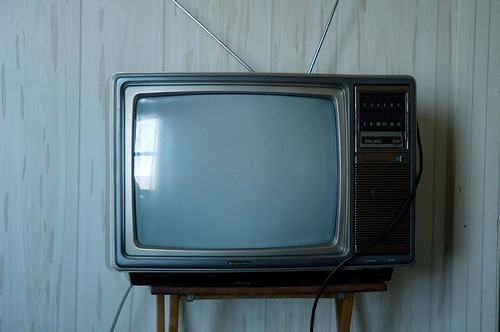At the end of the 19th century and beginning of the 20th century, communication jumped from static, written forms to dynamic, electronic forms. The telegraph, telephone, record player, radio and movies all hit the communication spectrum and transformed how we communicate. In a way.
See, before the advent of writing, communication was primarily oral. Speakers spoke and hearers heard. Moving to electronic media was actually a shift back to the oral communication that humanity started with. The pace and structure of communication shifted as well. Books are, of necessity, linear. They depend on a flow of thought and a logical process. Engaging in understanding books meant that human brains were re-wired to think in linear, logical patterns. But when communication shifted to a dynamic, emotional process that's a part of the oral communication culture, brains were re-wired again to process information from that perspective.
Moving to electronic media at the beginning of the 20th century made the communication faster and ubiquitous, but it kept the content firmly in the control of the people who could afford to produce it. The power structures shifted slightly, but only so far as to be able to incorporate the new players in places like Hollywood. There was no dissemination of power, just the accrual to different wealthy people.
At the end of the 20th century with the invention of the internet, all of that began to change.


No comments:
Post a Comment